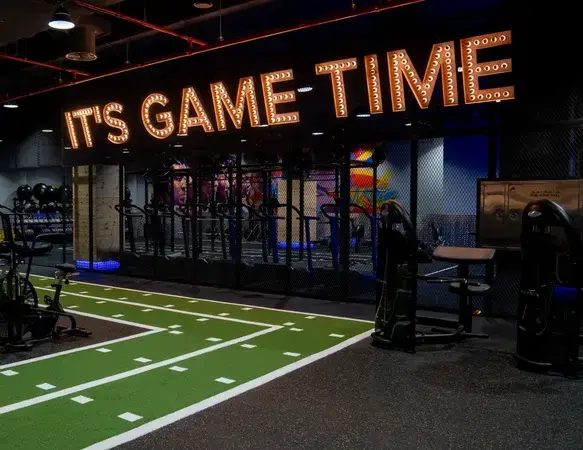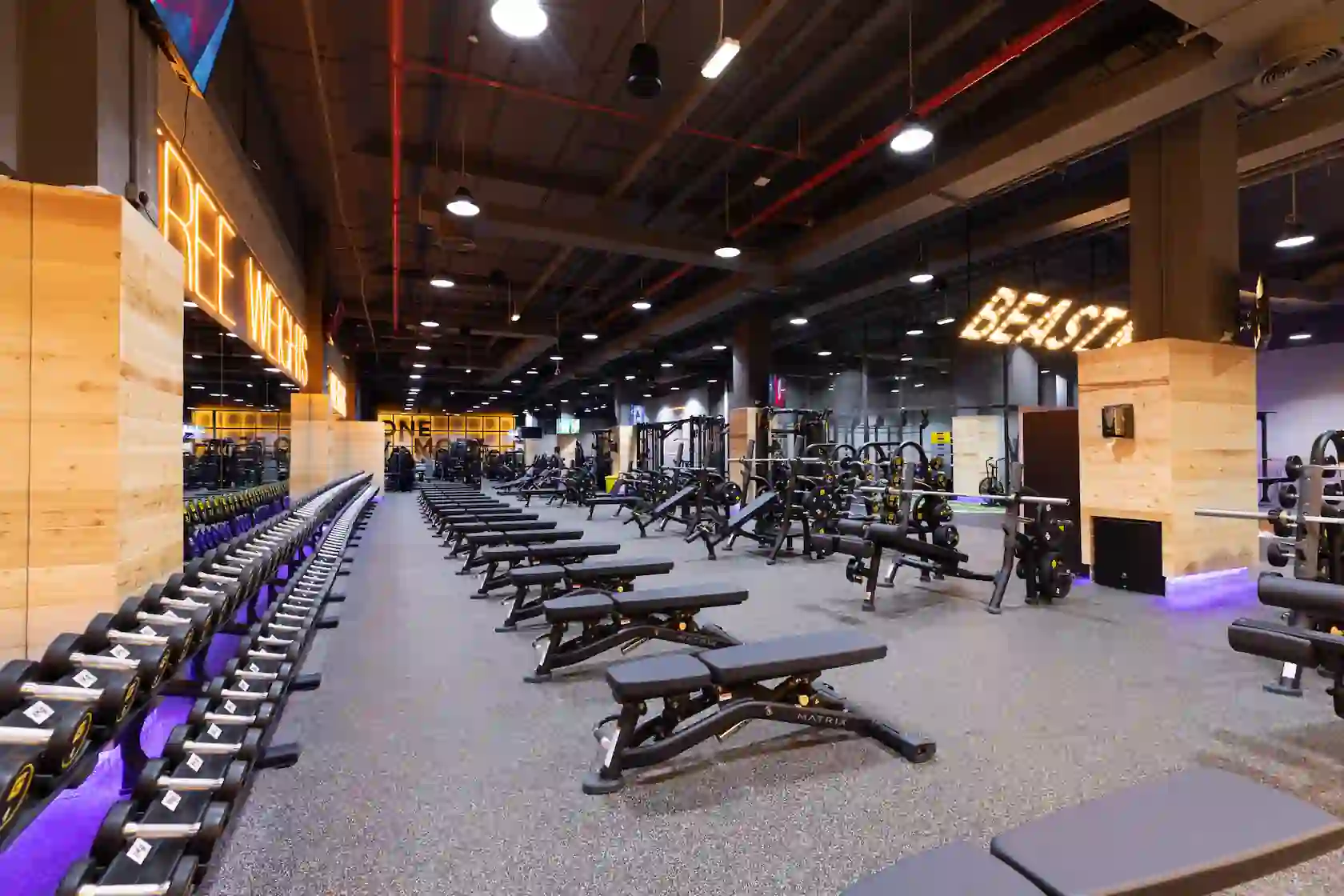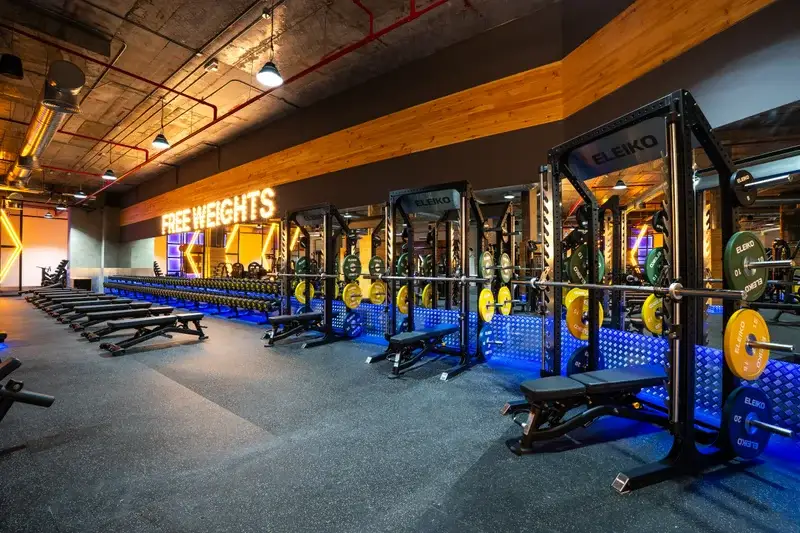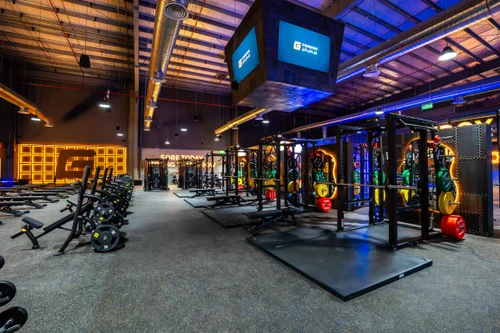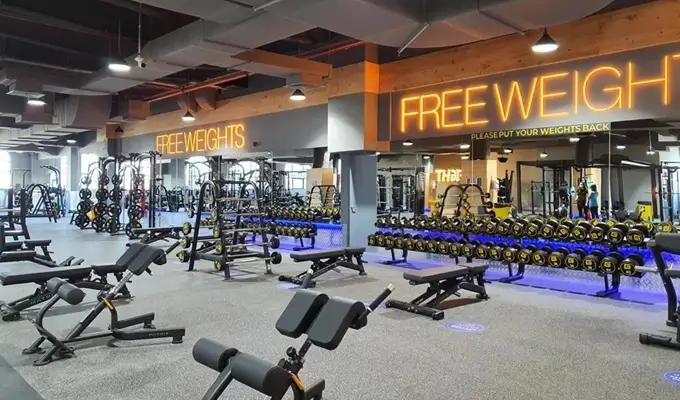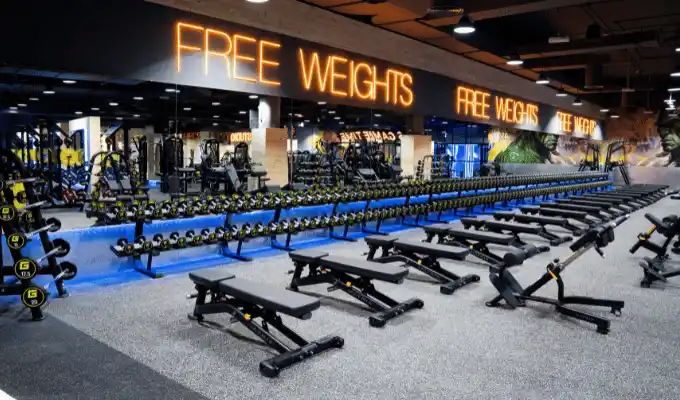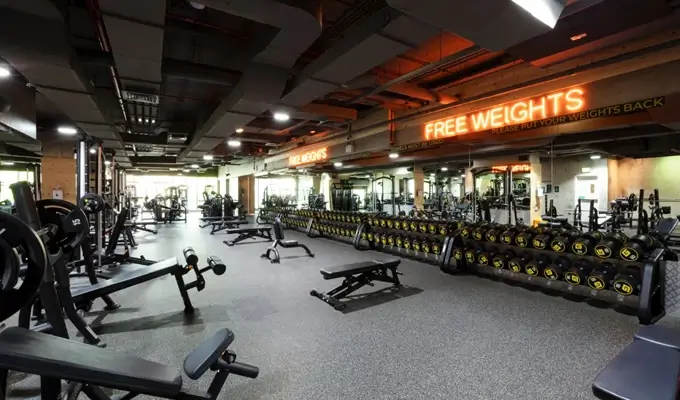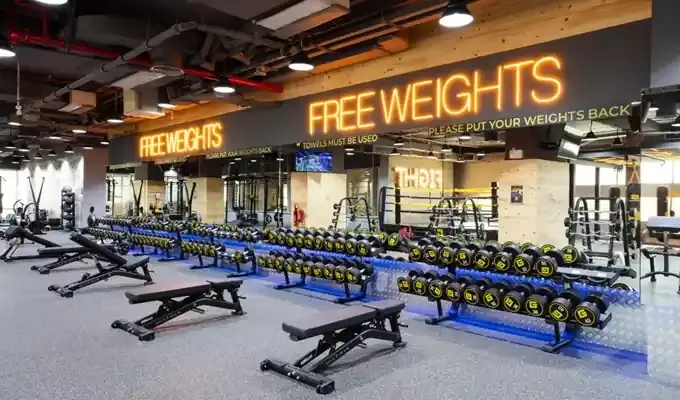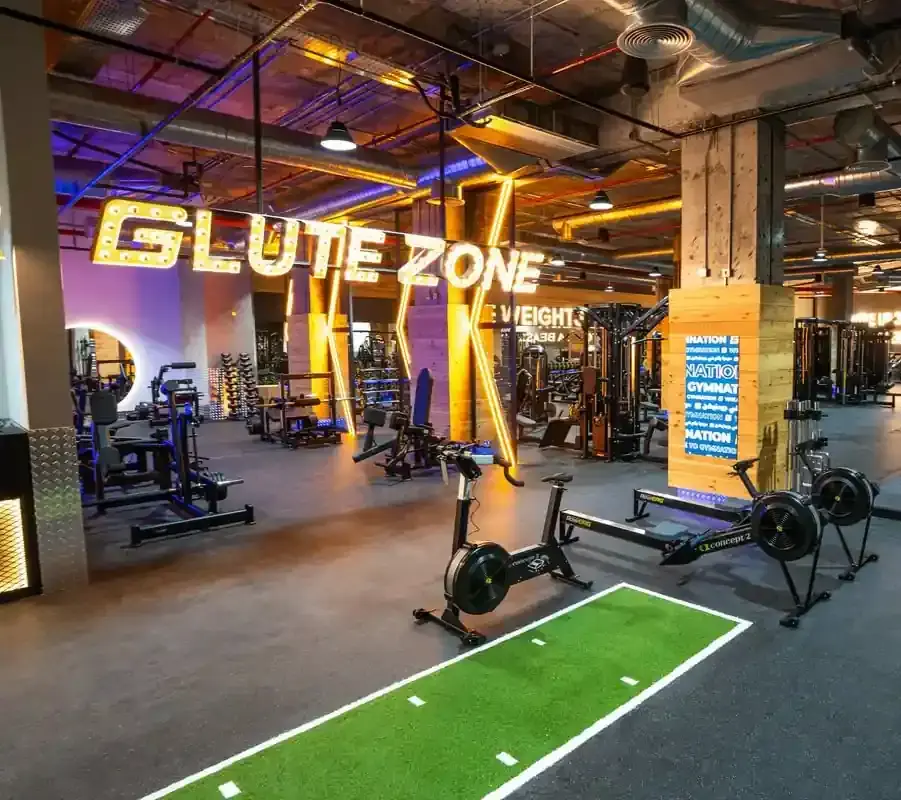Fasting and Exercise Enhance Fat Loss

SIGN UP FOR YOUR FREE DAY PASS TODAY!
A recent study from the University of Mississippi suggests that combining an eight-hour eating window with regular exercise can lead to greater fat loss without reducing lean muscle, compared to exercising alone.
This research, published in the International Journal of Obesity by the Nature Publishing Group, sheds light on the potential benefits of time-restricted eating when paired with physical activity.
"We observed that this combination resulted in greater fat loss and a lower body fat percentage over time," explained Nadeeja Wijayatunga, assistant professor of nutrition and hospitality management.
"Preserving lean mass is a crucial aspect of this finding," she added.
The study was spearheaded by Wijayatunga and Michael Hays, a tactical dietitian and recent graduate of Ole Miss.
Motivated by the growing popularity of time-restricted eating, they conducted a systematic review and meta-analysis of data from 15 studies on time-restricted eating and exercise over the past decade.
Time-restricted eating is a form of intermittent fasting, a diet approach that has gained significant traction in the U.S. According to the 2023 International Food and Health Survey, 12% of Americans have tried intermittent fasting.
Unlike calorie counting or dietary restrictions, time-restricted eating focuses solely on limiting the eating window, making it simpler for many people to follow.
“People find this approach easier because they don’t need to think too much about it,” Wijayatunga explained. “It’s about timing, not policing specific foods or counting calories.”
Despite its rising popularity, the scientific understanding of time-restricted eating is still in its early stages.
Hays highlighted its potential value for specific body composition goals, stating, “For some, this could be a useful method, but we need more research to understand its effects fully.”
The researchers acknowledged that the difference in outcomes between individuals who exercised while following a time-restricted diet and those who solely exercised was relatively small.
This is likely because the study participants were already healthy and physically active individuals. "Most of these were healthy adults with established exercise routines," Hays elaborated.
"Decreasing their body fat percentage further is an accomplishment for already fit, lean individuals."
A notable concern surrounding time-restricted eating is the potential loss of lean mass, which includes muscles, organs, and other essential body tissues.
Wijayatunga emphasized the importance of maintaining muscle mass, explaining that muscles play a vital role in metabolism and overall mobility.
Losing muscle could negatively impact the body’s metabolic systems and reduce physical functionality.
Fortunately, the study found that when time-restricted eating was paired with regular exercise, participants did not experience a reduction in lean mass, even if they lost body fat. “This highlights why pairing a diet with exercise is so important,” Hays noted. “Weight loss should always focus on fat loss, not lean tissue loss.”
While these findings are encouraging, Wijayatunga emphasized the need for further research.
The current study was limited to healthy, active individuals, and more information is needed to understand how time-restricted eating might affect those who are less active or overweight.
“That’s an area that requires further investigation,” she remarked.
For now, Wijayatunga advises individuals to adopt sustainable, healthy habits tailored to their lifestyle, ideally with guidance from a qualified healthcare professional.
How long is your ideal workout?
Her next study aims to explore how time-restricted eating impacts sedentary individuals with higher body mass indices.
These findings provide a promising glimpse into the potential of time-restricted eating for fat loss and lean mass preservation, particularly when combined with regular exercise.
However, additional research will be necessary to fully understand its broader applications and long-term effects.
Source: technologynetworks
The opinions shared in the GymNation blog articles are solely those of the respective authors and may not represent the perspectives of GymNation or any member of the GymNation team.
GET YOUR FREE TRIAL TODAY


























